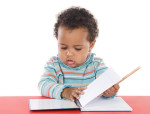Back to school during the second wave of the pandemic requires everyone to take extra precautions. Sending students back to school this year will be different due to the ongoing coronavirus pandemic. Some schools will reopen, some will remain closed; whatever you decide, especially if you are sending your child back to a physical school, do not leave it to the teachers and staff. Teach your children healthy behaviours at home and about what changes to expect at school this year.
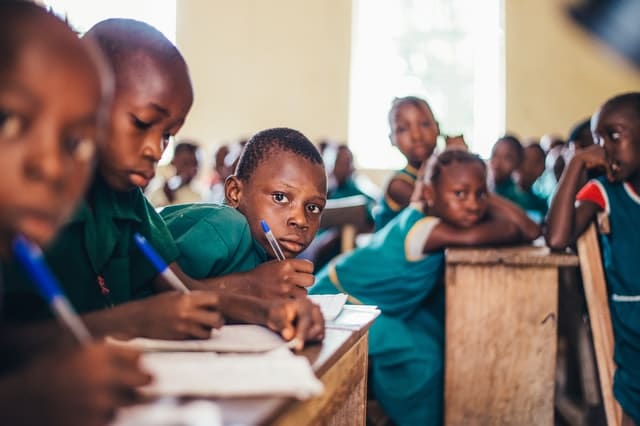
Our Choices as Parents
As a parent, guardian, or caregiver, you may have the option to choose between in-person, virtual, or a hybrid mode of learning for your child(ren). You should review your school or state’s plans to understand the steps they are taking to reduce the spread of COVID-19 and to support your child’s education.
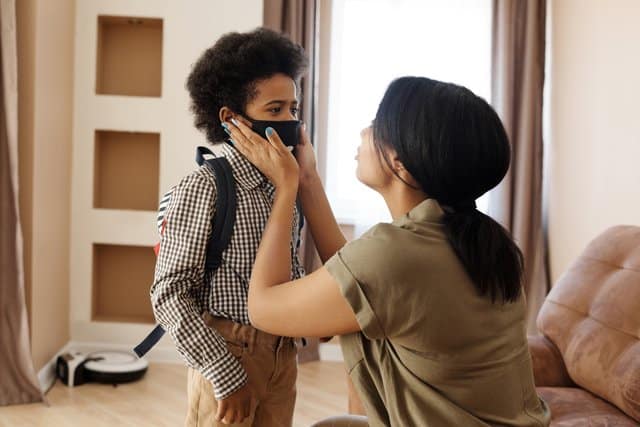
Your choice of learning format may be based on whether your child or a household member is at increased risk of severe illness, how many cases of COVID-19 are in your community, your child’s academic and social-emotional needs, and your family’s or household’s needs.
Choosing whether or not to send your child back to school can be difficult. When weighing decisions about your child returning to school, it is important to consider your family’s unique needs and situation and your comfort level with the steps your school is taking to reduce the spread of COVID-19.
Importance of Back to School
Schools provide more than just academics to children and adolescents. In addition to reading, writing, and math, students learn social and emotional skills, get exercise, and have access to mental health and other support services. For many children and adolescents, schools are safe and stimulating places to be while parents or guardians are working. Also, for many families, schools are where children get healthy meals, access to the internet, and other vital services.

For many children and adolescents, schools are safe and stimulating places to be while parents or guardians are working. Share on X
Back to school during the second wave of the pandemic requires everyone to take extra precautions. Below are some of the areas we need to focus on.
Social Distance
How does the school plan to do this? Ask them and be sure they know what they are doing so that any exposure can be easily traced. Social distancing, or physical distancing, is the practice of allowing enough space between individuals to reduce the spread of disease. During the COVID-19 pandemic, World Health Organization (WHO) recommends keeping at least 6 feet (2 meters) of space between yourself and people outside your household to meet these goals.
But that might not be practical in some schools or with younger children. The American Academy of Pediatrics (AAP) says following strict physical distancing can conflict with ideal academic, social, and emotional learning standards. It’s also not clear how easily COVID-19 spreads among children.
Steps to encourage social distancing during in-person schooling may include; Grouping students into groups or bubbles. Schools can also use outdoor spaces when possible for classes and mealtime. The number of children at the playground should be reduced and staggered.
Mask Wearing
From the beginning of the pandemic, this has been an important trend in reducing its spread. The CDC and WHO recommend wearing cloth face masks in public places where it’s difficult to avoid close contact with others, and schools are no exception. This advice is based on data showing that people with COVID-19 can transmit the virus before realizing that they have it.
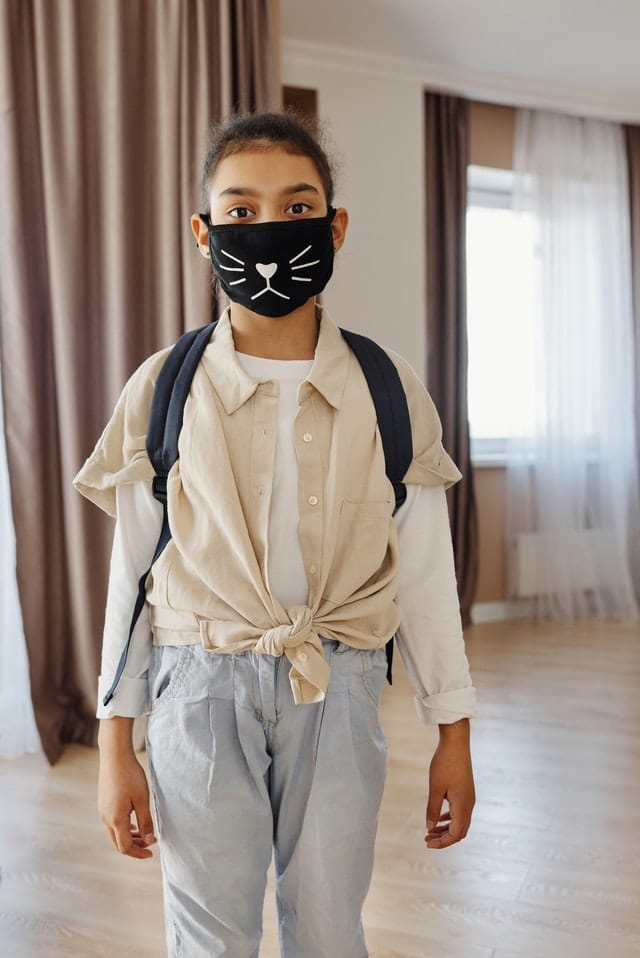
- Have multiple cloth face masks available for your child.
- Provide your child with a clean mask and back-up mask each day and a clean, resealable bag for them to store the mask when they can’t wear it, such as at lunch.
- Label your child’s mask clearly so it’s not confused with another child’s.
- Practice properly putting on and taking off cloth face masks with your child while avoiding touching the cloth portions.
- Remind your child that they should clean their hands before and after touching their mask.
Read Also [ How to help Children adjust to wearing masks ]
Hand Washing and Sanitizing
Washing hands regularly when they get to school, when they use the bathroom, after going outside, before eating. It is important to also have a hand sanitizer in between. Practice hand-washing at home with your child and explain why it’s important to wash his or her hands with soap and water for at least 20 seconds, especially before and after eating, coughing/sneezing, or adjusting a face mask. To prevent rushing, suggest washing hands for as long as it takes to sing the “Happy Birthday” song twice. When hand-washing isn’t available, suggest that your child use an alcohol-based hand sanitizer that contains at least 60% alcohol. Also, explain that he or she should avoid touching his or her eyes, nose, and mouth.
If your child attends in-person schooling, develop daily routines before and after school that foster healthy habits, such as packing a back-up face mask and hand sanitizer in the morning and washing their hands as soon as they come home.
School Community
How is the wider school community monitored? There will be many people in the school from teachers, to school bus drivers, cleaners, security, class assistants and many people moving around. The School will need to have strict procedures in place to measure the temperature of the whole school community; have several cleaning spots everywhere and enforce the rules of mask-wearing, social distancing, and hand washing. 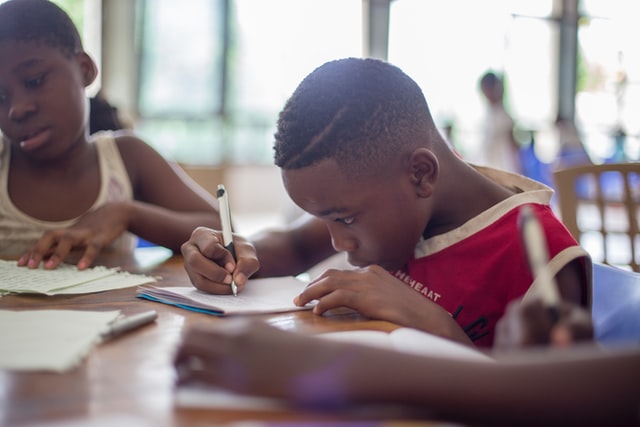
Change in the Curriculum
There will probably be changes to your school schedule you will need to adapt to. One of the biggest schedule changes might be if students are only coming to school every other day. If this is the case you will face some changes to the timing and pacing of your lessons. Depending on what the expectation is or curriculum states, you might not get to as many projects as you typically would in a “normal” school year.
As teachers plan for these changes, they will need to evaluate the curriculum and ensure that the lessons teach the essential concepts. All need to be aware of these changes and support children who are being forced to learn differently.
Medical and Isolation center in school
Does the school have a school nurse and an isolation center? School policy on Sick Children – if a child is unwell even with a slight cold, what is the school policy on this? Parents and guardians should be aware of the facilities put in place for their child(ren) and ward(s) for their utmost safety.
Mental Health and Students
During such a worrying and disruptive time, it’s natural to have a lot of questions. Some helpful ones you may want to ask include: What steps has the school taken to help ensure the safety of students? How will the school support the mental health of students and combat any stigma against people who have been sick? How will the school refer children who may need referrals for specialized support? Will any of the school’s safeguarding and bullying policies change once schools start to re-open?
You may want to contact your child’s teacher or school to ask questions and stay informed. Be sure to let them know if your child is facing specific challenges, like grief over a family loss or heightened anxiety due to the pandemic.
Catching Up
But many children will need extra support to catch up on their learning when schools reopen. Many schools are making plans for catch-up lessons to help bring students back up to speed. This might include starting the year with refresher or remedial courses, after-school programs or supplemental assignments to be done at home. Given the possibility that many schools may not open full time or for all grades, schools may implement ‘blended learning’ models, a mix of classroom instruction and remote education (self-study through take-home exercises, radio, TV, or online learning).
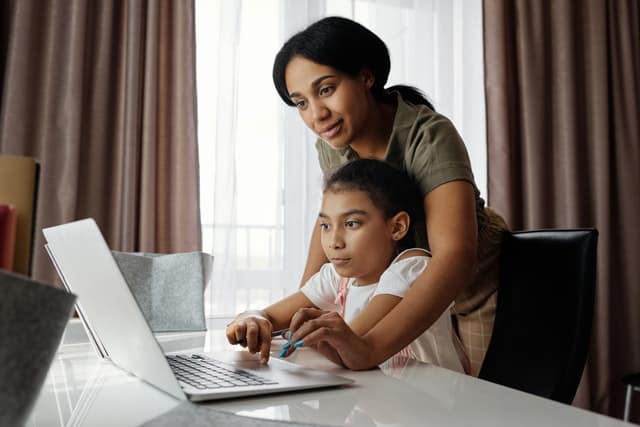
Role Modeling
Children do watch what goes on around them. The younger the child, the more of a sponge they are. They’re taking in what they see – both your mood and emotions as well as your behavior. So, if you’re working really hard to manage and regulate your own emotions and also taking care of yourself, children will naturally pick up on that and try to do that more as well.
As we went through the initial phase of this pandemic, there was a lot of adrenalin flowing with quick movement and action, and a lot of people can rally in that type of crisis. But now we’re in a long, uncertain length of time, a sort of plateau, of stress and uncertainty. One of the most important things we can do as adults is taking care of ourselves.
Talking about what is happening with your children is key, at an age-appropriate level. There’s a natural tendency as parents to try to protect children, and we may think talking about difficult topics could cause a child to worry, or that it might spark anxiety and make a difficult situation even harder.
Talking about what is happening with your children is key, at an age-appropriate level. Share on XBut actually, the opposite is true. The more you talk about it, the more you normalize it for children. Let them know we’re all in this together. We’re all going to have good days and bad days. But by working together as a team, talking about it, coming up with ideas, and discussing changes with your family, you’re modeling excellent coping strategies that will be with your children for the long haul. This generation, years from now, hopefully, will look back at this time and think about what they’ve learned instead of what happened to them.
Read more on How to Prepare for School Resumption where we discussed with the co-founder of one of the schools in our School Directory.
Visit Unicef for more on School Resumption During the Pandemic

